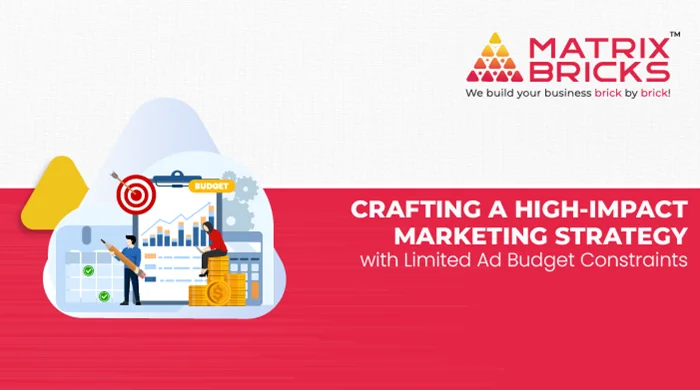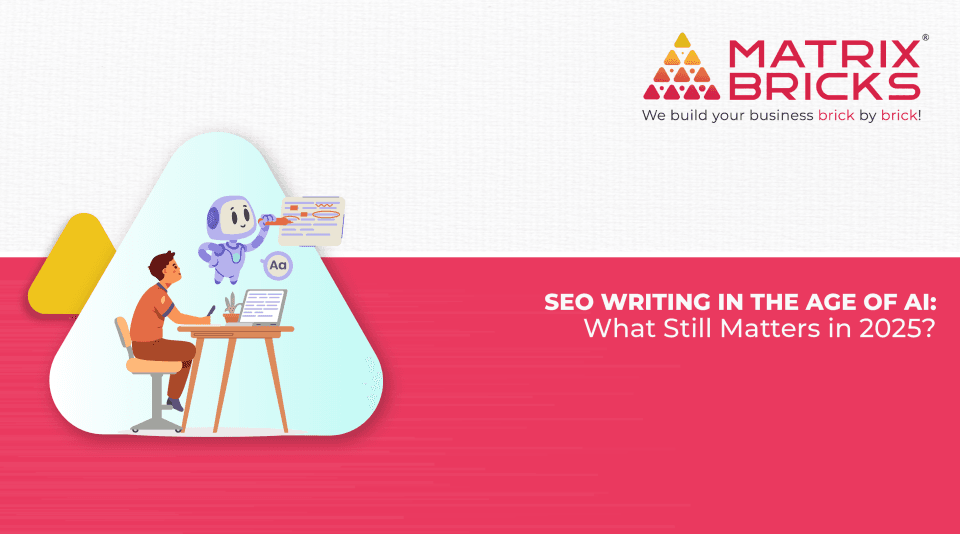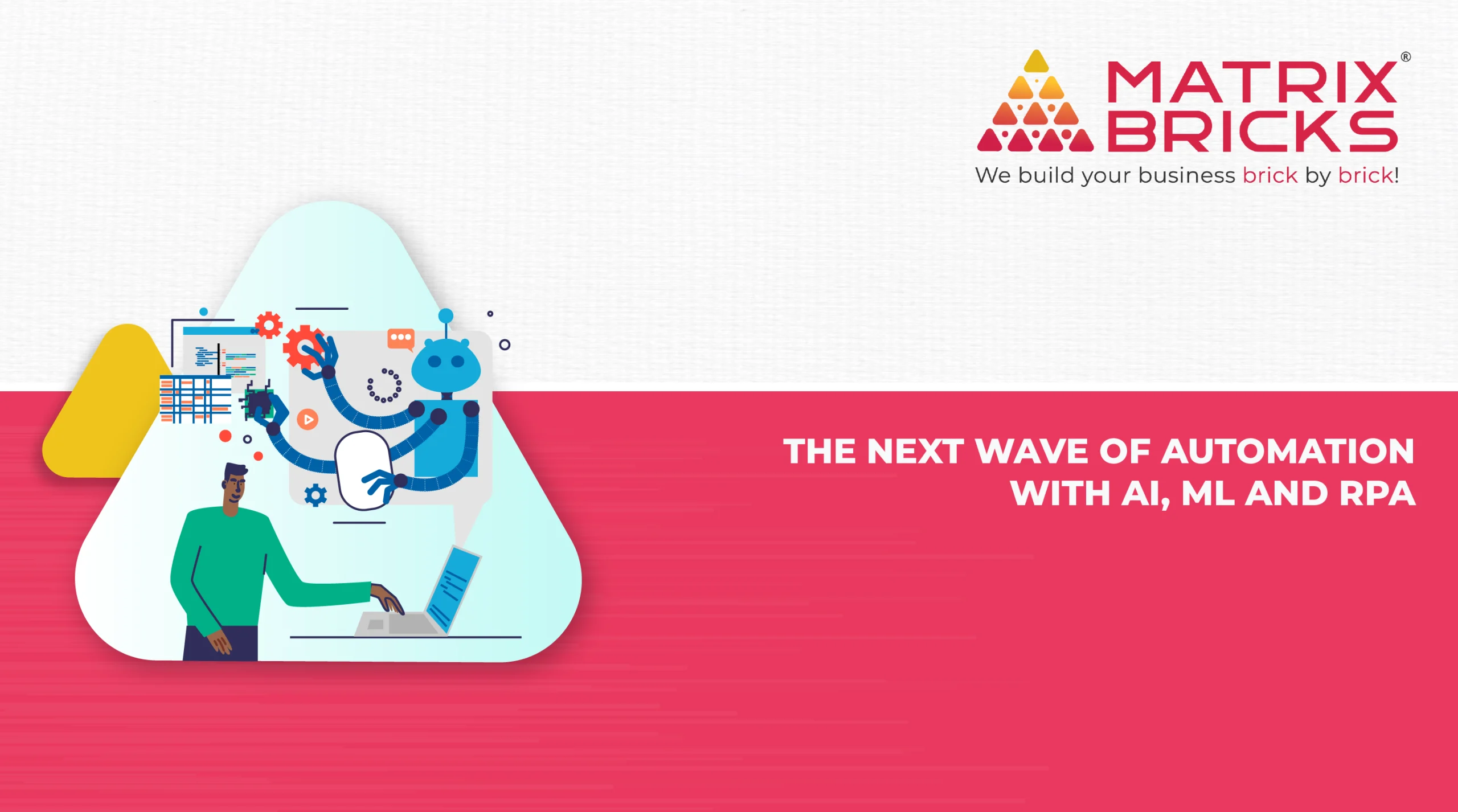
In the competitive landscape of digital marketing, budget constraints often pose significant challenges. However, limited ad spend does not necessarily mean limited impact. With strategic planning, creativity, and data-driven decision-making, businesses can maximize their marketing efforts and achieve substantial results. This blog explores practical strategies to help you navigate budget constraints and make the most of your marketing budget.

Understanding Your Audience
The first step in maximizing the impact of your limited ad spend is understanding your audience. Without a clear understanding of who your target audience is, any marketing effort can become futile. Conduct thorough market research to identify your audience’s demographics, preferences, and online behavior. Google Analytics, social media insights, and customer surveys offer valuable data. Knowing your audience allows you to tailor your marketing messages and choose the right platforms, ensuring every dollar spent is targeted effectively.
Setting Clear Objectives
Defining clear marketing objectives is crucial when working with a limited budget. Objectives guide the direction and provide a benchmark for measuring success. Whether it’s increasing website traffic, generating leads, boosting sales, or enhancing brand awareness, having specific goals helps in crafting focused strategies. Ensure your goals follow the SMART criteria: Specific, Measurable, Achievable, Relevant, and Time-bound. This clarity ensures that every marketing effort is aligned with your business goals and provides a tangible return on investment (ROI).
Prioritizing High-Impact Channels
When budget constraints are in play, it’s essential to prioritize marketing channels that offer the highest ROI. Instead of spreading your budget thin across multiple platforms, focus on a few high-impact channels where your audience is most active. For many businesses, this might include social media platforms, search engine marketing, or email marketing. Conducting a channel analysis to understand which platforms drive the most engagement and conversions can help in allocating your budget more effectively.
Setting Clear Objectives
Defining clear marketing objectives is crucial when working with a limited budget. Objectives offer guidance and a standard for assessing achievement. Whether it’s increasing website traffic, generating leads, boosting sales, or enhancing brand awareness, having specific goals helps in crafting focused strategies. Ensure your goals are SMART: Specific, Measurable, Achievable, Relevant, and Time-bound. This clarity ensures that every marketing effort is aligned with your business goals and provides a tangible return on investment (ROI).
Prioritizing High-Impact Channels
When budget constraints are in play, it’s essential to prioritize marketing channels that offer the highest ROI. Instead of spreading your budget thin across multiple platforms, focus on a few high-impact channels where your audience is most active. For many businesses, this might include social media platforms, search engine marketing, or email marketing. Conducting a channel analysis to understand which platforms drive the most engagement and conversions can help in allocating your budget more effectively.

Leveraging Organic Marketing Strategies
Organic marketing strategies can significantly reduce your dependence on paid advertising. By investing time and effort into organic methods, you can build a sustainable marketing model that continues to yield results over time. Here are a few organic strategies to consider:
Content Marketing: Craft high-value content that directly addresses your audience’s needs and interests. Blogs, infographics, videos, and eBooks can attract organic traffic and establish your authority in your industry.
SEO (Search Engine Optimization): Optimize your website and content for search engines to improve your organic search rankings. This encompasses keyword research, on-page optimization, backlink creation, and site speed enhancement.
Social Media Engagement: Engage with your audience on social media through regular posts, stories, and live sessions. Building a strong social media presence can increase brand awareness and drive traffic to your website without spending on ads.
Email Marketing: Build and nurture an email list by offering valuable content and exclusive deals. Email marketing is cost-effective and can generate significant ROI when done correctly.
Creating Compelling Ad Copy
When it comes to paid advertising, crafting compelling ad copy is crucial. With a limited budget, every word counts. Our ad copy should be clear, brief, and persuasive. Focus on the benefits of your product or service rather than merely listing its features. Include strong calls to action (CTAs) that motivate users to take the desired action. A/B testing different versions of your ad copy can help identify which messages resonate best with your audience, ensuring your ad spend is utilized efficiently.
Utilizing Retargeting Campaigns
Retargeting campaigns can efficiently maximize your advertising budget. By targeting users who have already interacted with your brand, you increase the likelihood of conversions. Retargeting can be done through platforms like Google Ads and Facebook Ads. These campaigns remind potential customers about your offers, encouraging them to return and complete their purchase or take another desired action. Because retargeting targets warm leads, the cost per acquisition is typically lower than targeting new audiences.
Monitoring and Analyzing Performance
Regularly monitoring and analyzing the performance of your marketing campaigns is essential for optimizing your budget. Use analytics tools to track key metrics such as click-through rates (CTR), conversion rates, cost per click (CPC), and return on ad spend (ROAS). Identifying which campaigns are performing well and which are not allows you to adjust your strategy and allocate your budget to the most effective efforts. Continuous optimization guarantees that your marketing budget is used efficiently and effectively.
Embracing Automation Tools
Marketing automation tools can help streamline your efforts and make the most of your budget. Tools like HubSpot, Mailchimp, and Hootsuite allow you to automate repetitive tasks, schedule posts, and manage campaigns from a single platform. Automation not only saves time but also ensures consistency in your marketing efforts. Additionally, these tools often come with built-in analytics, providing insights into campaign performance and areas for improvement.
Collaborating with Influencers
Influencer marketing can be a powerful strategy, even with a limited budget. Micro-influencers can offer a cost-effective way to reach your target audience. These influencers often have a smaller yet highly engaged audience. Collaborating with them can provide authentic exposure to your brand. When choosing influencers, ensure their values align with your brand and that their audience matches your target market. Influencer partnerships can boost brand credibility and drive conversions without the need for extensive ad spend.
Utilizing User-Generated Content
User-generated content (UGC) is an asset for any marketing strategy. Encouraging your customers to create and share content about your brand not only increases engagement but also serves as authentic testimonials. UGC includes reviews, social media posts, and video testimonials. Featuring UGC in your marketing campaigns can build trust and credibility, influencing potential customers’ purchasing decisions. Moreover, it reduces the need for expensive content creation, helping you stretch your budget further.
Focusing on Customer Retention
Bringing in new customers usually costs more than retaining current ones. Focusing on customer retention can help maximize your marketing budget. Implement strategies to nurture and engage your existing customers, such as loyalty programs, personalized offers, and excellent customer service. Satisfied customers are more likely to make repeat purchases and refer your brand to others, generating organic growth. Prioritizing customer retention ensures a steady revenue stream without the need for excessive ad spend.
Experimenting with Low-Cost Marketing Tactics
Finally, don’t be afraid to experiment with low-cost marketing tactics. Guerrilla marketing, for example, involves unconventional and creative strategies to capture attention and create buzz. Community events, flash mobs, or street art can generate significant exposure with minimal investment. Additionally, leveraging local partnerships and collaborations can extend your reach without a substantial budget. By thinking outside the box and being resourceful, you can create impactful marketing campaigns that resonate with your audience.
Conclusion
Navigating budget constraints in your marketing strategy requires a blend of creativity, strategic planning, and continuous optimization. By understanding your audience, setting clear objectives, and prioritizing high-impact channels, you can make the most of your limited ad spend. Leveraging organic marketing strategies, creating compelling ad copy, and utilizing retargeting campaigns further enhance your efforts. Regularly monitoring performance, embracing automation tools, and collaborating with influencers can stretch your budget while maximizing impact. Focusing on customer retention and experimenting with low-cost tactics ensures sustainable growth. With these strategies, you can effectively navigate budget constraints and achieve substantial results in your marketing endeavors.





